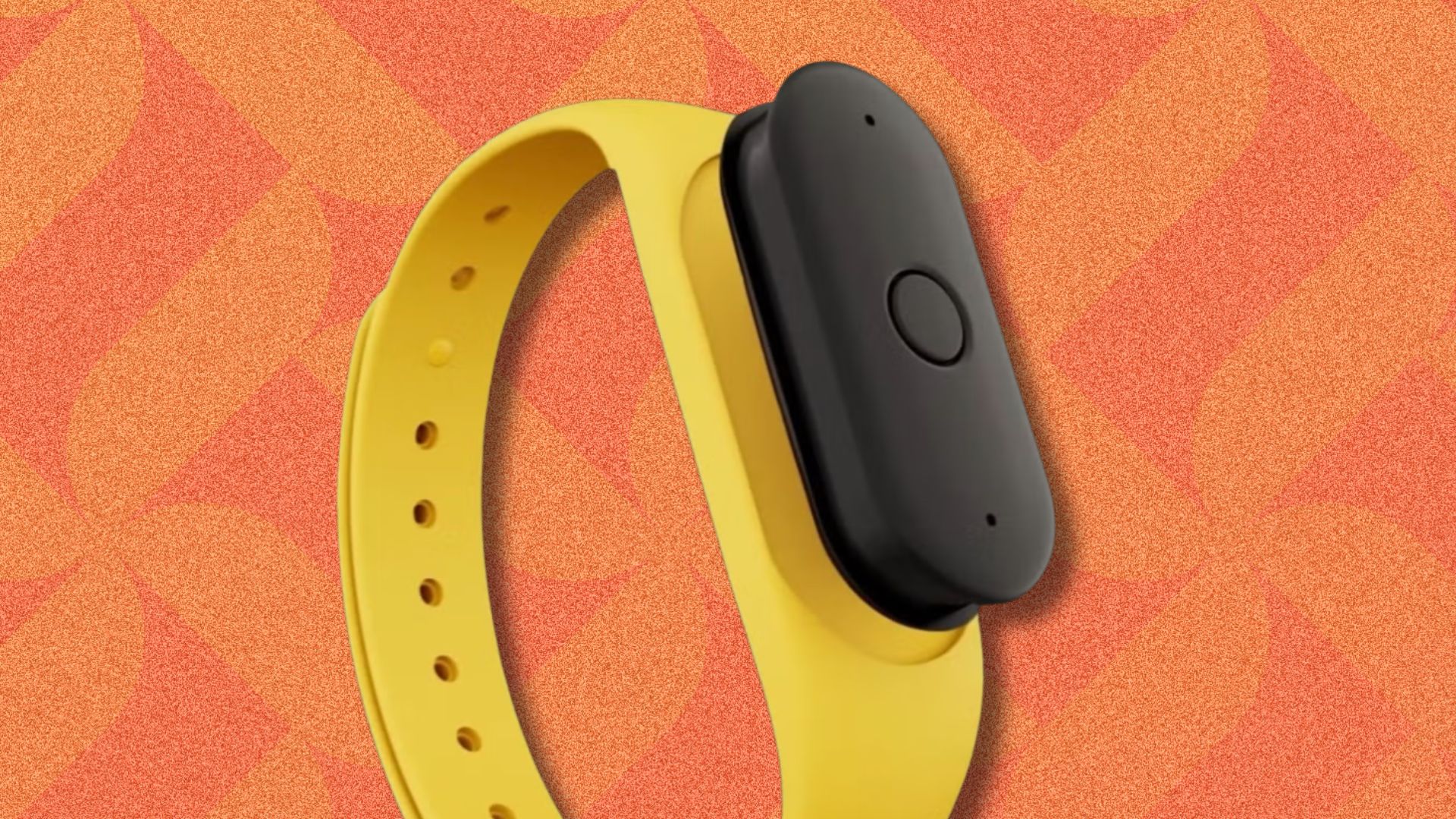iPhone designer to make OpenAI's future AI gadget
Can Jony Ive strike it lucky again in the era of AI?


AI may be taking away the jobs many of us imagined having as kids, but the cherry on top? It doesn’t have a sense of style while doing it. But that may be about to change.
OpenAI has announced its intention to buy Jony Ive’s io company in a deal worth $6.5 billion. But the real takeaway is the line posted at the very end of a mildly embarrassing 9-minute love-in video (see below) of OpenAI Sam Altman and Jony Ive, in which Altman fails to look Ive in the eye once, despite Ive’s best efforts.
Heck, maybe the San Francisco bar they’re in in AI generated anyway. But here’s that all-important line:
“Jony and LoveFrom will assume design and creative responsibilities across OpenAI and io.”
Jony Ive has reportedly been working as part of a “secret” start-up for the last couple off years, one intended to turn AI from a text box chat interface to an actual piece of hardware people live with.
And for the non techies out there, this matters because Jony Ive is widely credited for the designs of some of Apple’s most iconic products, including the colourful iMacs from the late 1990s, the MacBook Air, iPad, the Apple Watch and, yep, the iPhone series.
OpenAI might be hoping Apple’s secret sauce was never really Steve Jobs in the first place, but Jony Ive’s knack for creating super-desirable designs that appeal to a huge, mainstream audience.
Get exclusive shortlists, celebrity interviews and the best deals on the products you care about, straight to your inbox.
OpenAI says we’ll get more information about what these folks have been working on next year. Will we all we walking around with an io Gloob around our necks by the end of 2026, wondering why we ever used a smartphone?
To date, bits of AI hardware have not had the best run. Anyone remember the Rabbit R1?
It picked up loads of hype in 2024, and didn’t cost the earth at $199. But it was soundly panned by reviewers.
Humane’s AI Pin cost a whopping $700 and was so badly received the whole project was canned less than a year in, making the hardware useless.
Jony Ive addressed these comparisons in an interview with Bloomberg.
“Those were very poor products,” said Ive. “There has been an absence of new ways of thinking expressed in products.”
Come on then, Jony, show us what you’ve got.

Andrew Williams has written about all sorts of stuff for more than a decade — from tech and fitness to entertainment and fashion. He has written for a stack of magazines and websites including Wired, TrustedReviews, TechRadar and Stuff, enjoys going to gigs and painting in his spare time. He's also suspiciously good at poker.
You must confirm your public display name before commenting
Please logout and then login again, you will then be prompted to enter your display name.
-
 Amazon's next big thing might be an AI bracelet that listens to you all day long
Amazon's next big thing might be an AI bracelet that listens to you all day longIt's going to Bee awesome
-
 Forget Ray-Ban Meta specs, Snap has announced smart glasses
Forget Ray-Ban Meta specs, Snap has announced smart glassesInstant specs appeal

